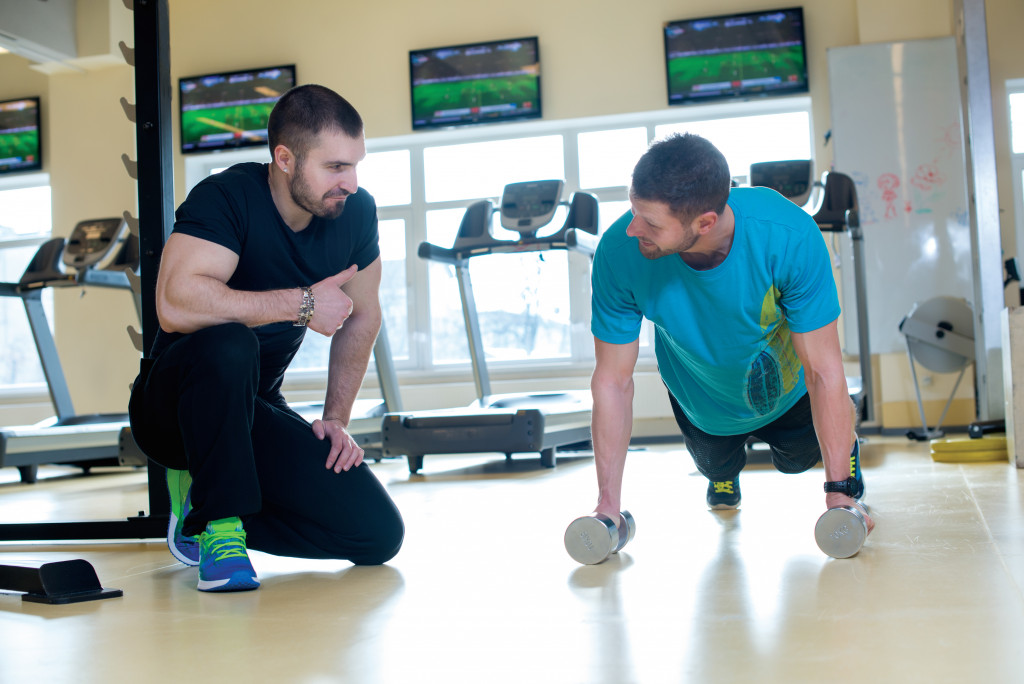- Regaining strength after a sports injury is possible through proper rehabilitation and preventive measures.
- Exercise to build muscle mass around weak joints and do dynamic stretching to improve flexibility.
- When more serious medical intervention is needed, arthroscopic surgery or joint replacement surgery may be the solution.
- Mental preparation is also crucial for returning to competitive sports; build self-confidence with support from those around you.
No matter your age, sports can be an essential part of your life. Whether you’re an amateur just starting out or a professional athlete pushing yourself to new heights, sports’ physical and mental benefits are undeniable.
Unfortunately, injuries are all too common in any sport. You might have had a setback due to medical conditions such as arthritis that have caused joint pain and stiffness or experienced trauma that has damaged your ligaments and muscles. Either way, you can find yourself hindered in performing at the level you previously could. But this shouldn’t stop you from returning to the sports activities you love — regaining your strength is possible with the proper guidance and treatment.
This blog post will give you an overview of some of the procedures available and tips for reclaiming your strength so you can get back in the game.
Preventive Care
Proper rehabilitation and preventive care are the first steps to recovery from any sports injury. Without taking the proper precautions, you may be at risk of re-injuring yourself or worse. So, here are some tips for preventing injuries in the first place:
Strengthening Exercises
Building muscle mass around weak joints or damaged ligaments can help protect them from further damage. Strength training is essential for most sports activities, especially for the lower body and core muscles. Exercises such as squats, lunges, and planks can help you improve your balance, coordination, and overall strength.
Stretching
Therapeutic stretching is key for preventing injuries. Focus on dynamic stretches and exercises that focus on increasing the range of motion to improve flexibility, which can help you move more efficiently and reduce the risk of straining your muscles or tendons. You can also utilize foam rollers to massage and stretch out tight muscles.
Cross-Training
Create a balanced program that includes different forms of exercises to give your body a break and avoid overworking specific muscles. This can help you build strength in other areas, allowing you to perform better in your chosen sport. Many athletes will also add activities such as cycling, swimming, weight training, and yoga to their workout routine.

Surgical Procedures
As beneficial as these recovery methods may be, they won’t be enough when a more serious medical intervention is required. This is often necessary due to advanced cartilage wear and tear or recurrent dislocations, causing persistent pain even after therapeutic training sessions. Some of the most common procedures are:
Arthroscopic Surgery
This minimally invasive procedure uses a small camera to inspect the joint’s interior and repair any damage. It’s quicker and has a shorter recovery time than open surgery, which is why it’s the preferred method for treating many sports-related injuries.
Joint Replacement Surgery
Sometimes, a professional joint replacement may be the only option to reduce pain and improve function. It involves removing the damaged joint and replacing it with a metal or plastic prosthetic to help restore mobility. This type of procedure is usually recommended for people with severe arthritis or other age-related joint problems.
Professional Therapy
Having someone to guide you through recovery is essential for returning to your former strength. A sports therapist or physical therapist can help you build a personalized program based on your needs and performance goals. They can also safely guide you on using strength training, stretching, and other exercises to help you regain your physical capabilities.

Mental Preparation
Although it should go without saying that physical strength is vital for returning to competitive sports at total capacity, mental toughness proves equally significant during injury rehabilitation.
Regardless of how far along one may be on their journey towards full health, fear of further harm from the activity can hold them back. It’s essential to build one’s self-confidence by slowly increasing the intensity and duration of the training and receiving moral support from those around them. This way, athletes can reenter the court, field, or track with full confidence and commitment.
Returning to sports doesn’t have to be an uphill battle. With the right rehabilitation measures and preventive care, you can achieve your goals and return to the court or field of play. With the above tips, you can safely and gradually build up your strength and reclaim your former glory.


